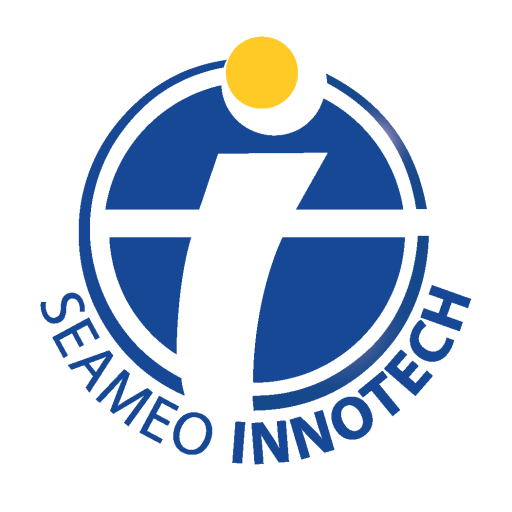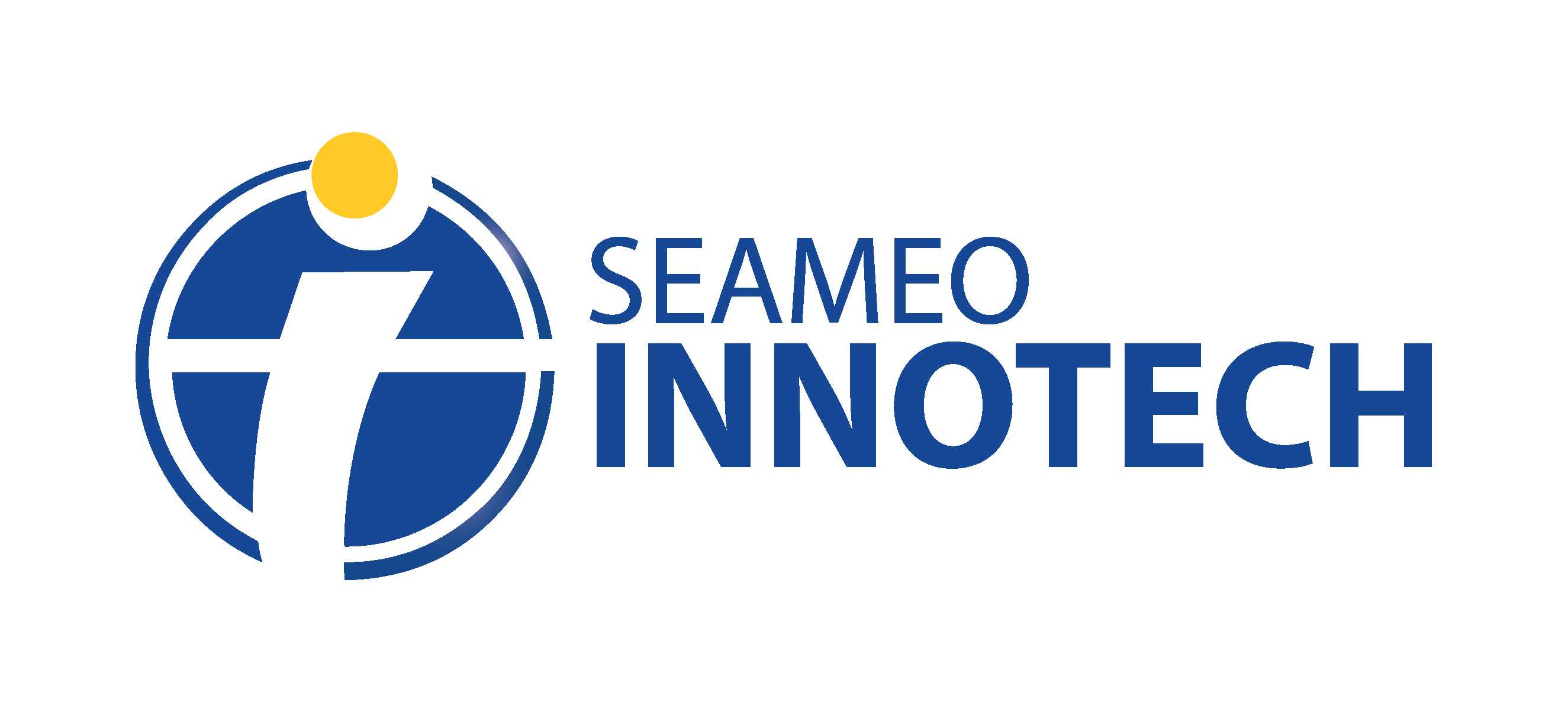SEAMEO INITIATIVES IN ESD
In line with the theme of the 13th International Conference of SEAMEO INNOTECH, representatives from different SEAMEO centers presented their projects related to Education for Sustainable Development (ESD) during a panel discussion held on the second day of the conference.
Dr. Tinsiri Siribodhi, deputy director of the SEAMEO Secretariat, served as the panel discussion moderator. Five (5) Centers participated in the discussion: SEAMEO BIOTROP represented by its Center Director Dr. Bambang Purwantara; SEAMEO SEARCA represented by Dr. Editha Cedicol, program head of the Center’s Graduate Scholarship Department; SEAMEO SPAFA, represented by the Center’s programme development officer, Mr. Kevin Kettle; SEAMEO RECSAM, represented by research specialist, Mr. Julito Aligaen; and SEAMEO SEAMOLEC, represented by Mr. Prayitno.
BIOTROP: ESD and the Private Sector
The SEAMEO Regional Center for Tropical Biology promotes ESD through collaborations with the private sector in Indonesia, and by integrating ESD in corporate social responsibility programs. The Center makes sure that different companies and industrial parks understand their significant roles in educating the communities where they operate about natural resource management, biodiversity conservation, and agricultural livelihood.
One of the biggest milestones of the Center’s effort to promote ESD is the collaboration with the Karawang International Industrial City (KIIC). The KIIC gives donation every year, and has allotted 3 hectares of its land for agricultural activities.
Involving the private sector to promote ESD became successful because of three factors from the Center’s experiences in the projects: (1) full understanding and commitment of company management on the concepts of sustainable development; (2) support from various stakeholders; and (3) having a clear program and targets.
SEARCA: Climate Change Adaptation and Mitigation Project
Though the SEAMEO Regional Center for Graduate Study and Research in Agriculture has been integrating ESD in a number of their projects, Dr. Cedicol only highlighted one project during the discussion – the Climate Change Adaptation and Mitigation Project (CChAMP). The CChAMP focuses on food security improvement and poverty reduction, and aims to set-up a climate change resilient agricultural production and sustainable resource management.
Some of the project’s components include offering grants and other education opportunities to Southeast Asian nationals for them to pursue graduate studies in agriculture and natural sciences, and conduct researches in line with ESD. The Center also gives support to students when participating in related conferences in Southeast Asia. They also organized various forums wherein different topics about climate change are discussed.
Knowledge management also has a big role in SEARCA’s projects. The Center’s Knowledge Management Department takes charge of the processing of data, information, and knowledge acquired from the research papers and results into more usable forms. Once these are processed, they use it as input to different curricula, to the decision-making of policy makers, and as products for dissemination (monographs, policy notes, etc.) Dr. Cedicol also mentioned that the Center has a knowledge center for climate change which is a repository of best practices and resources for climate change mitigation.
SEAMEO SPAFA: ESD in Culture and the Arts
The ESD-related projects of the SEAMEO Regional Center for Archaeology and Fine Arts are covered under an umbrella program called “Managing the Integration of Culture into Development Programs.” The Center organizes workshops, conferences and forums, mostly for the youth, and through these the youth are able to share their views and experiences on climate change. During workshops and community activities, messages related to climate change are delivered and shared through songs, dances, and artworks.
Given that the young people in Southeast Asia are active and creative, for SPAFA, culture is best used in promoting ESD. Different cultural activities become effective in promoting ESD among the youth because messages are delivered in unconventional ways. The messages are also easily remembered because they are shared while young people are having a good time. Cultural activities for ESD also serve as a creative experience for the young people.
Through these activities, the Center was able to identify and fill the gaps in ESD.
SEAMEO SEAMOLEC: Campus-based ESD
The SEAMEO Regional Open Learning Center partnered and created a network with forty two (42) universities and promotes ESD in a small but significant way – campus clean-up projects. This project aims to increase youth awareness on climate change. Each partner university has 100-300 students, and overall around 4,000 students were gathered to be involved in the project.
The Center also created a system to train teachers about ESD through distance learning, which shows that technology also has an important role in promoting ESD.
SEAMEO RECSAM: Rainwater Harvesting
The SEAMEO Regional Center for Education in Science and Mathematics has a pilot ESD project which is rainwater harvesting. According to Mr. Aligaen, water is an important resource and due to climate change, its availability is put at risk. SEAMEO RECSAM sees that soon enough, the only affordable and most accessible water will be rainwater. In this project, the Center focuses on integrating the concept of rainwater harvesting in the science and mathematics curricula. The Center aims to build the capacity of teachers to contextualize climate change in science and math education, as they see education as a great tool to reduce carbon footprint, since the rainwater harvesting technology of SEAMEO RECSAM is non-energy-based.
SEAMEO Secretariat: ESD Award
Dr. Tinsiri Siribodhi also shared during the discussion the initiative of the SEAMEO Secretariat in line with ESD – the ESD award. This is a three-year project that calls for different schools in Southeast Asia to present their own ESD-related activities. Every year has a different theme; for 2012, it was disaster risk management, while, values education is eyed to be the theme for 2013.
Last year’s winner is a school from Myanmar. The second and third places were bagged by the Philippines and Indonesia, respectively.
At the end of the discussion, Dr. Tinsiri applauded the SEAMEO Centers for having unique projects and activities that address climate change and contribute greatly to the promotion of ESD.






